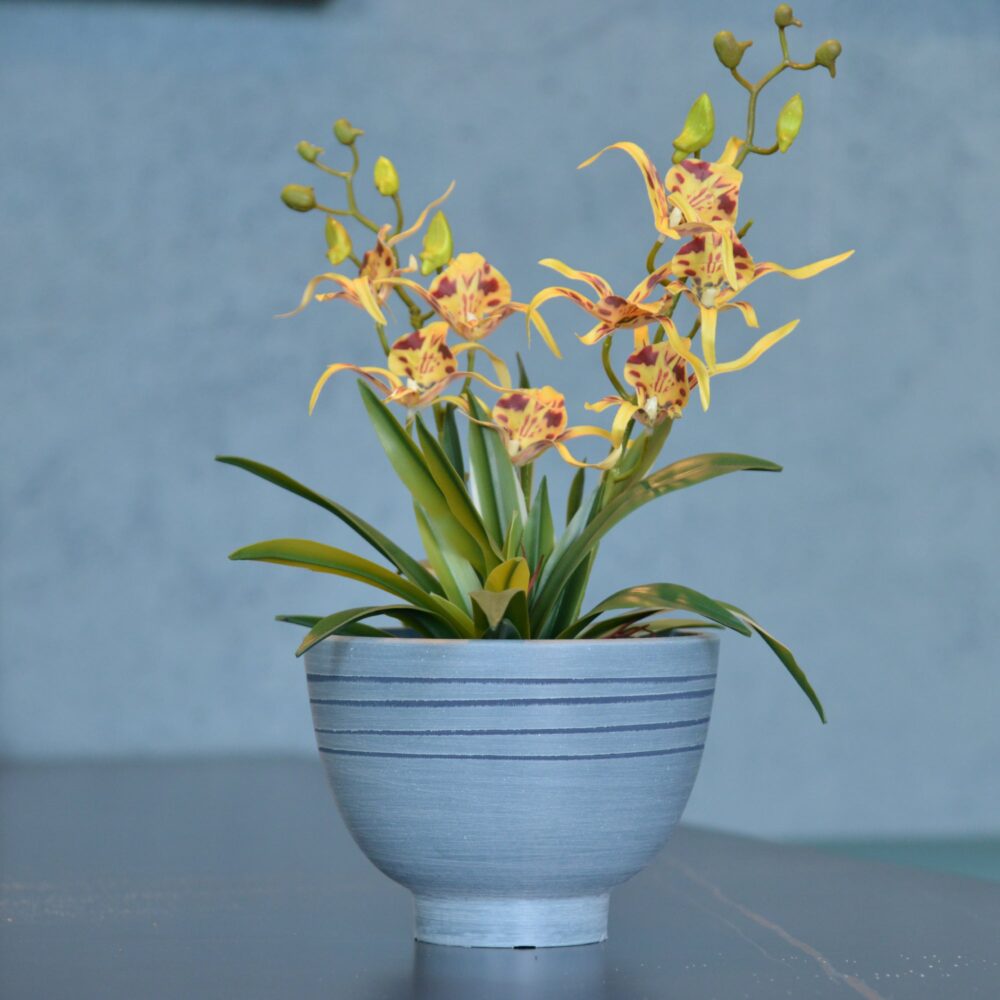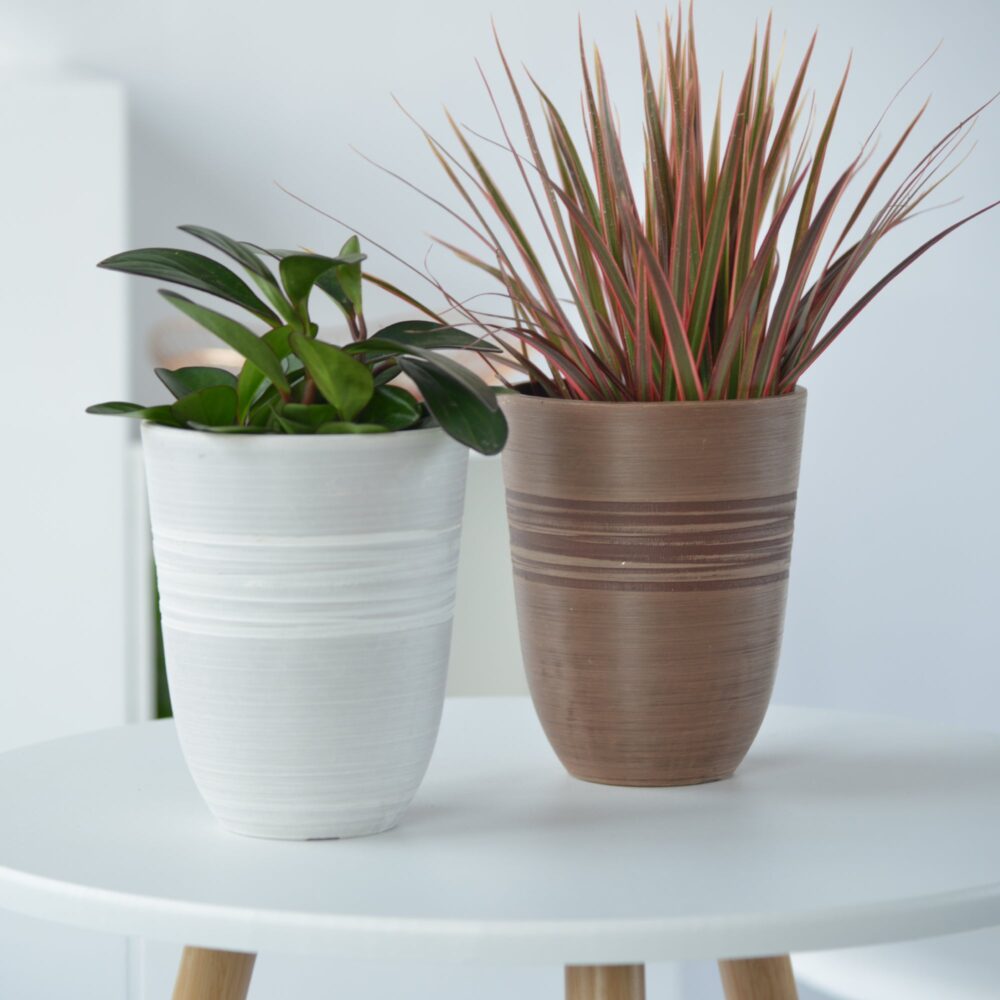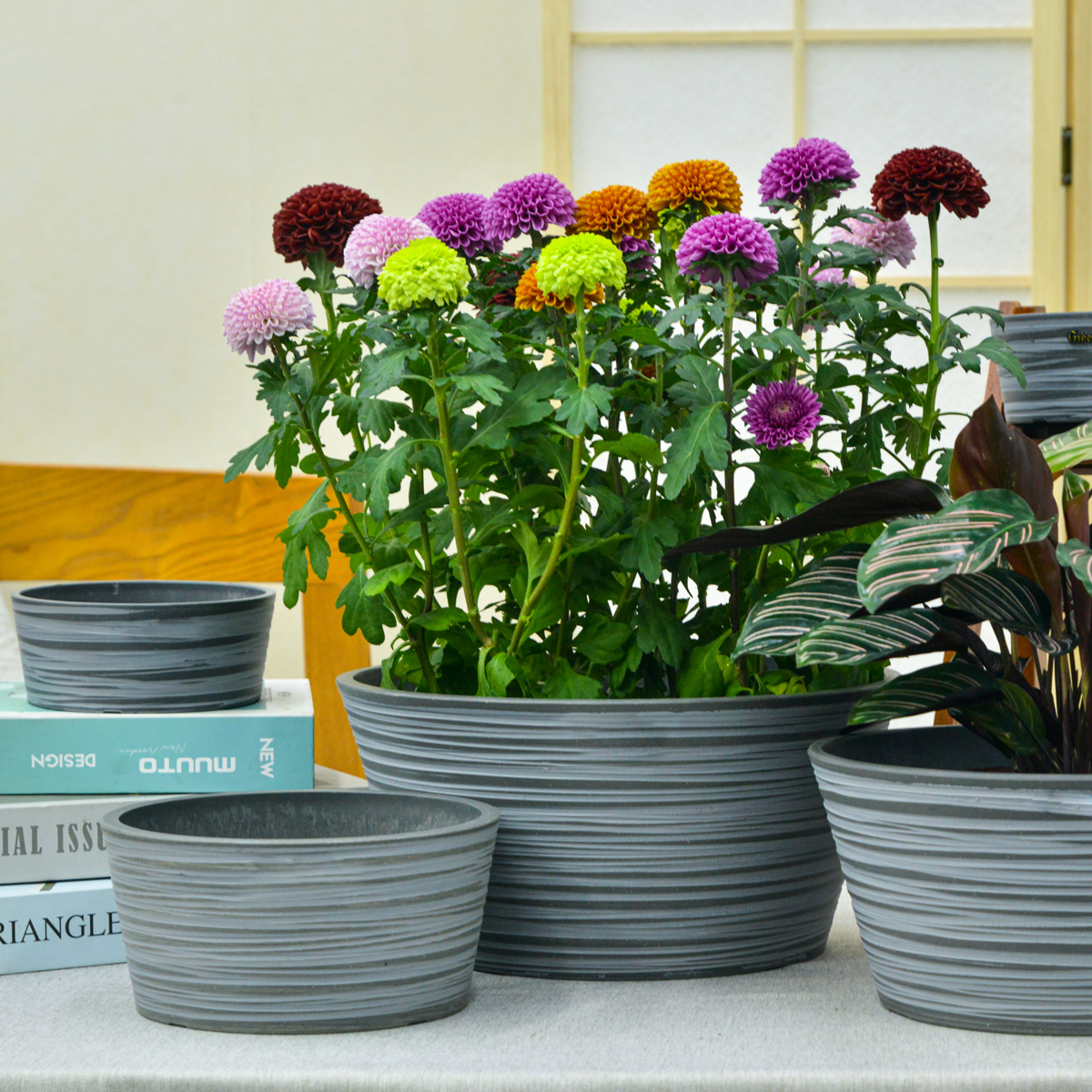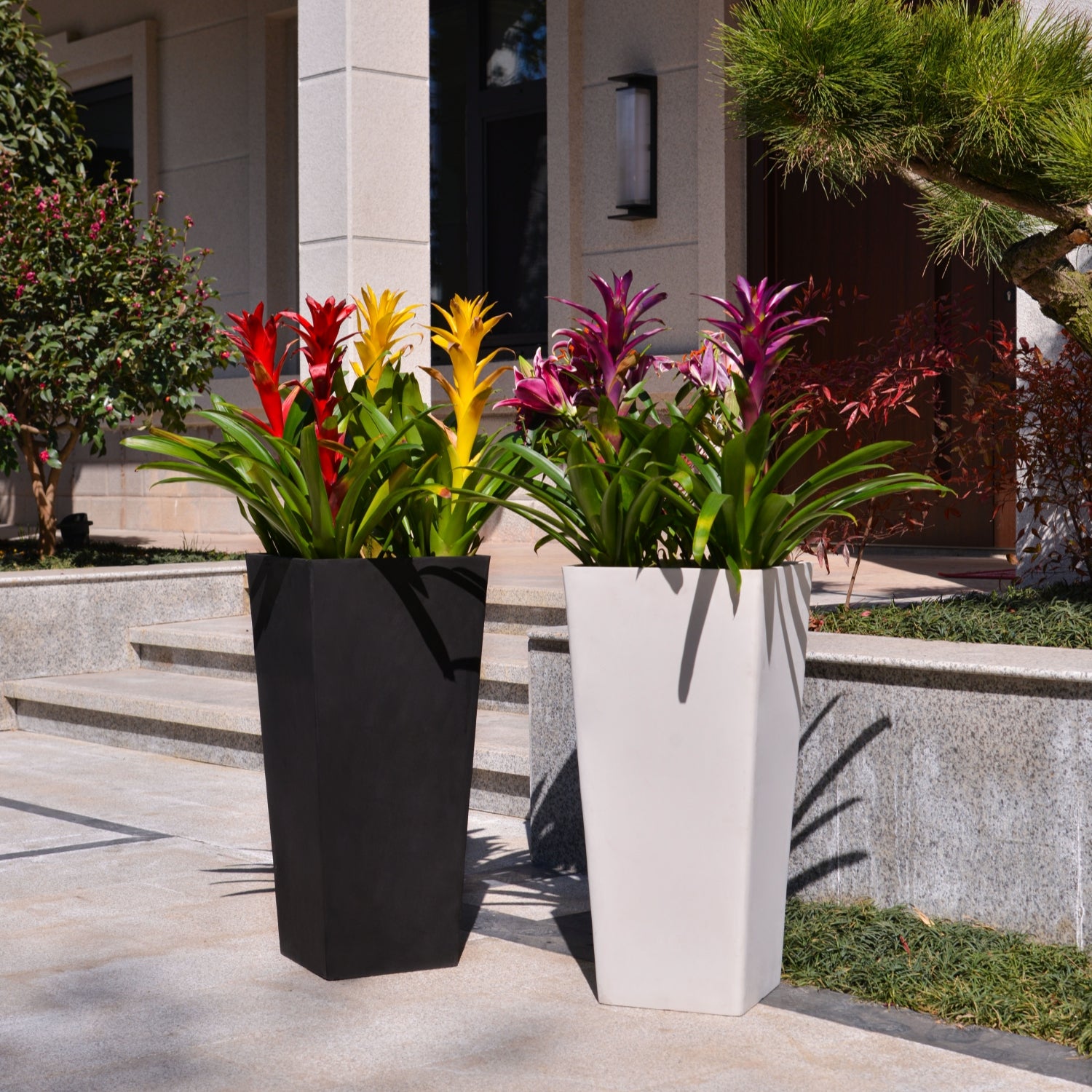Monstera Deliciosa: The Ultimate Guide to Growing Swiss Cheese Plant Indoors
Looking to add a touch of the tropics and dramatic foliage to your home? The Monstera Deliciosa, often called the Swiss Cheese Plant or simply Monstera, is a striking and popular houseplant that’s surprisingly easy to grow. Native to the tropical rainforests of Central and South America, this iconic plant, belonging to the Araceae family, is prized for its large, uniquely fenestrated (split) leaves and air-purifying qualities. This comprehensive guide will provide you with everything you need to know to successfully grow Monstera deliciosa indoors.
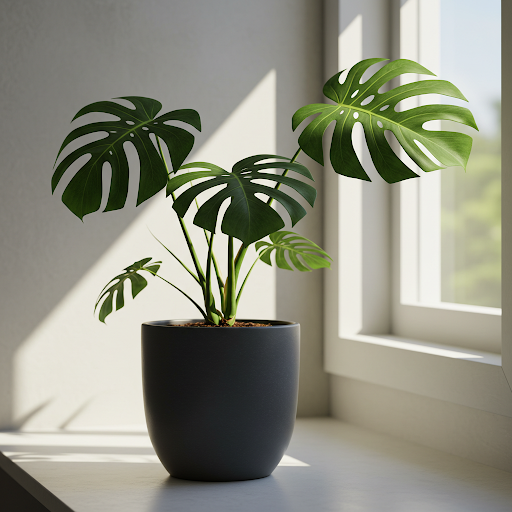
Monstera Deliciosa
Ideal Indoor Growing Conditions:
- Light: Monstera deliciosa thrives in bright, indirect light. Think of the dappled sunlight filtering through a rainforest canopy. While it can tolerate lower light conditions, growth will be slower and leaf fenestrations (splits and holes) may be less pronounced. Avoid direct, intense sunlight, which can scorch the leaves. East-facing windows are ideal, or place it a few feet away from a south or west-facing window.
- Soil: Monstera prefers well-draining, rich soil that retains some moisture. A chunky, aroid mix is ideal, mimicking its epiphytic nature. You can create your own mix using a combination of potting mix, orchid bark, perlite, and coco coir to ensure excellent drainage and aeration.
- Watering: Water your Monstera thoroughly when the top 1-2 inches of soil are dry. Allow the soil to dry out slightly between waterings to prevent root rot. Overwatering is a more common problem than underwatering. During the growing season (spring and summer), you may water more frequently, and reduce watering in the fall and winter when growth slows down.
- Temperature: Monstera thrives in average room temperatures between 65°F to 80°F (18°C to 27°C). It can tolerate slightly cooler temperatures, but avoid exposing it to temperatures below 50°F (10°C).
- Humidity: Monstera deliciosa appreciates high humidity, reflecting its tropical origin. Aim for humidity levels of 60% or higher. You can increase humidity by misting the leaves regularly, using a humidifier, grouping plants together, or placing the pot on a pebble tray filled with water.
Planting Your Monstera Deliciosa:
- Starting from Cuttings or Plants: Monsteras are easily propagated from stem cuttings, making it a cost-effective way to expand your collection. You can also purchase established Monstera plants from nurseries and garden centers.
- Propagation from Cuttings: To propagate, take stem cuttings with at least one node (where leaves and aerial roots emerge). Place cuttings in water or directly into moist soil. Roots will typically develop within a few weeks.
- Planting Time: Monstera can be planted or repotted at any time of year indoors, but spring or early summer, at the start of the growing season, is generally recommended for optimal establishment.
Choosing the Right Pots:
- Suitable Pot Types: Choose pots that are sturdy enough to support the large plant as it matures. Terracotta potsare a good option as they provide good drainage and aeration. Plastic pots are also suitable and retain moisture longer. Consider using a heavy pot to prevent the top-heavy plant from tipping over as it grows larger.
- Drainage: Excellent drainage is crucial for Monstera to prevent root rot. Ensure your chosen pot has drainage holes at the bottom.
- Pot Size: Start with a pot that is appropriately sized for the plant’s current root ball, typically a few inches larger in diameter. As Monstera grows, repot it into progressively larger pots every 1-2 years. Avoid drastically oversized pots, as they can retain too much moisture.
- Potting Mix: Use a well-draining, chunky aroid mix as described earlier. This type of mix provides the aeration and drainage that Monstera needs.
Essential Care Tips for a Thriving Monstera:
- Watering Schedule: Adopt a “dry out slightly between waterings” approach. Check the soil moisture regularly and water only when the top 1-2 inches of soil are dry. Adjust watering frequency based on the season, temperature, and humidity.
- Fertilizing: Monstera benefits from regular feeding during the growing season (spring and summer). Fertilize every 4-6 weeks with a balanced liquid houseplant fertilizer diluted to half strength. Reduce or stop fertilizing during the fall and winter dormant period.
- Support: Monstera is a natural climber. Provide a moss pole, trellis, or bamboo stake for support as it grows. This will encourage larger leaf development and a more upright growth habit. Aerial roots can be guided to attach to the support.
- Pruning: Prune to control size and shape, or to remove any yellow or damaged leaves. Pruning can be done at any time of year.
- Leaf Cleaning: Dust can accumulate on the large leaves, hindering photosynthesis. Wipe the leaves with a damp cloth regularly to keep them clean and glossy.
- Aerial Roots: Monstera produces aerial roots, which it uses to climb and absorb moisture and nutrients. You can leave aerial roots as they are, guide them into the pot’s soil, or trim them if desired.
- Pest and Disease Control: Monitor for common houseplant pests like spider mites, mealybugs, and scale. Treat infestations promptly with insecticidal soap or neem oil. Root rot is the most common disease issue, caused by overwatering. Ensure proper drainage and avoid overwatering to prevent root rot.
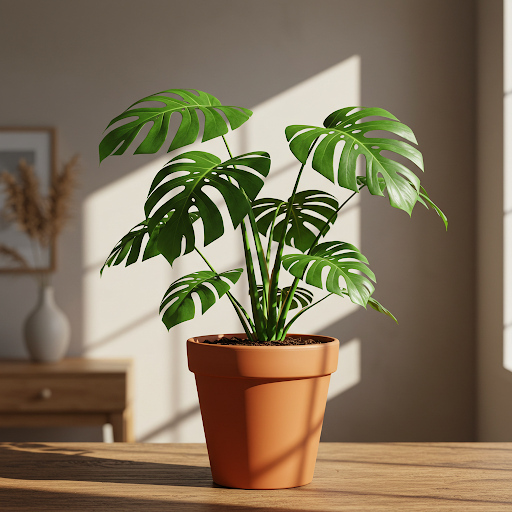
Monstera Deliciosa
Popular Varieties of Monstera Deliciosa:
- Monstera Deliciosa: The classic species, known for its large, fenestrated leaves.
- Monstera Deliciosa ‘Variegata’: Features variegated leaves with white or cream patches.
- Monstera Deliciosa ‘Albo Variegata’: Highly sought-after variety with striking white variegation.
- Monstera Deliciosa ‘Thai Constellation’: Features stable, speckled creamy-yellow variegation.
- Monstera Deliciosa ‘Borsigiana’: Smaller leaves and faster growth compared to typical deliciosa. Often mislabeled as deliciosa.
In Summary:
Monstera deliciosa is a rewarding and visually stunning houseplant that brings a touch of the rainforest to your home. Its dramatic foliage, relatively easy care, and air-purifying benefits make it a favorite among plant lovers. By providing bright, indirect light, well-draining soil, appropriate watering, and support for climbing, you can enjoy the magnificent presence of the Swiss Cheese Plant in your indoor space for many years.
For more detailed1 botanical information, you can explore the Wikipedia page on Monstera deliciosa.
Important Note: Monstera deliciosa is considered toxic if ingested due to calcium oxalate crystals. Keep it out of reach of children and pets who may be tempted to chew on the leaves.
8 inch/10 inch Planter Indoor Plants, 2 Pack Modern Decorative Plant Pots with Drainage Hole, Cute Bowl Shape Flower Pots
By greenship-seo|2025-04-10T08:03:42+00:00January 9, 2025|Categories: Hand-carving Series|Tags: Decorative Flower Pots, Self-Watering Pots|
Plant Pots 6 inch 8 inch 10 inch for Indoor Plants, Set of 3 Modern Decorative Planter ts with Drainage Hole, Decorative Flower Pots
By greenship-seo|2025-04-10T06:39:28+00:00January 14, 2025|Categories: Hand-carving Series|Tags: Decorative Flower Pots|
KC2-11V
By greenship|2024-08-16T05:39:50+00:00August 16, 2024|Categories: Hand-carving Series|
11THD
By greenship|2024-08-13T02:52:20+00:00August 13, 2024|Categories: Hand-carving Series|
GreenShip 27inch Tall Planters for Porch, Large Outdoor Planter Pots with Drainage Hole
By greenship-seo|2025-04-10T06:27:21+00:00April 7, 2025|Categories: Hand-carving Series|Tags: Decorative Flower Pots|
20T
By greenship|2024-08-13T06:42:22+00:00August 13, 2024|Categories: Hand-carving Series|

